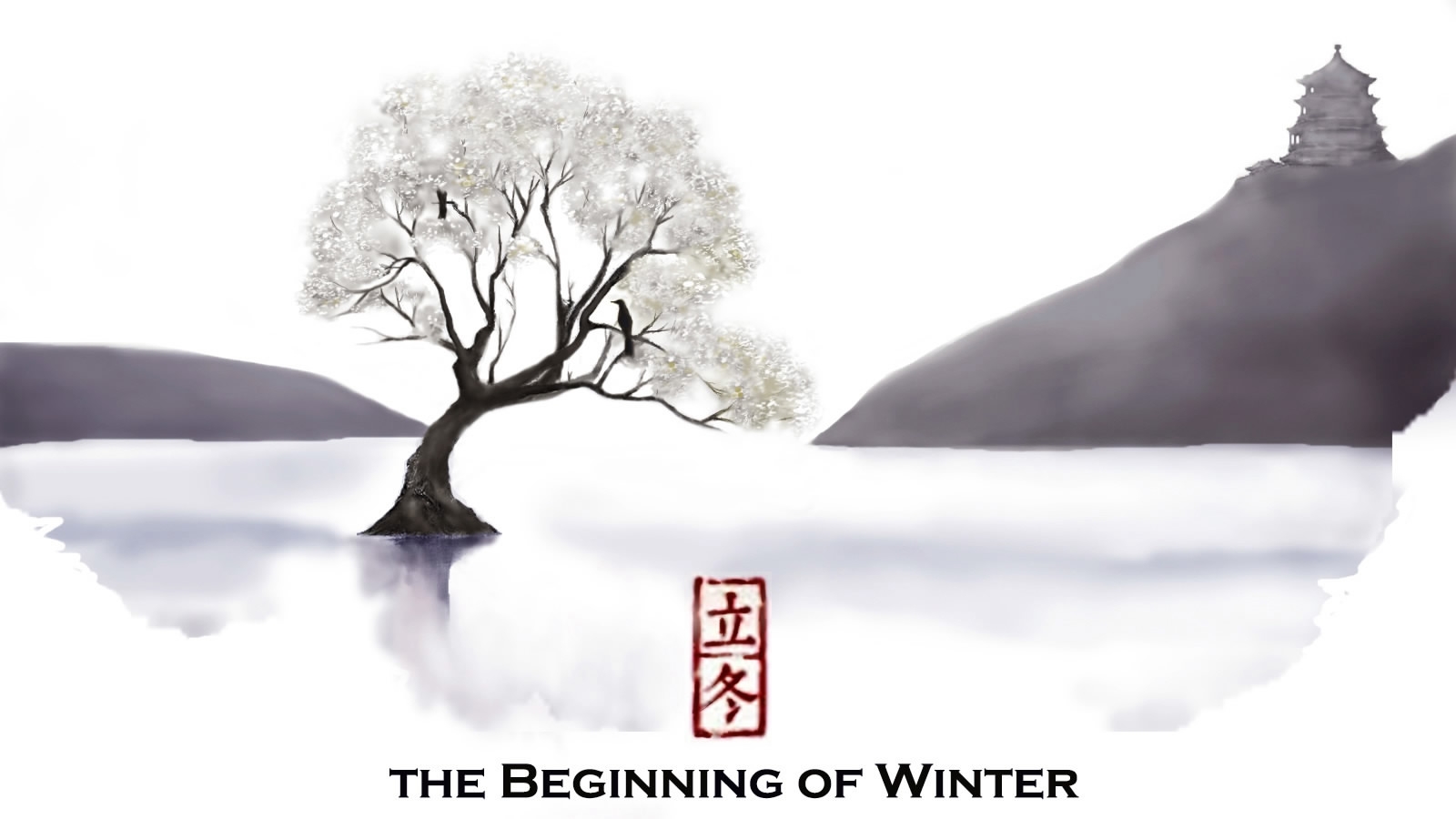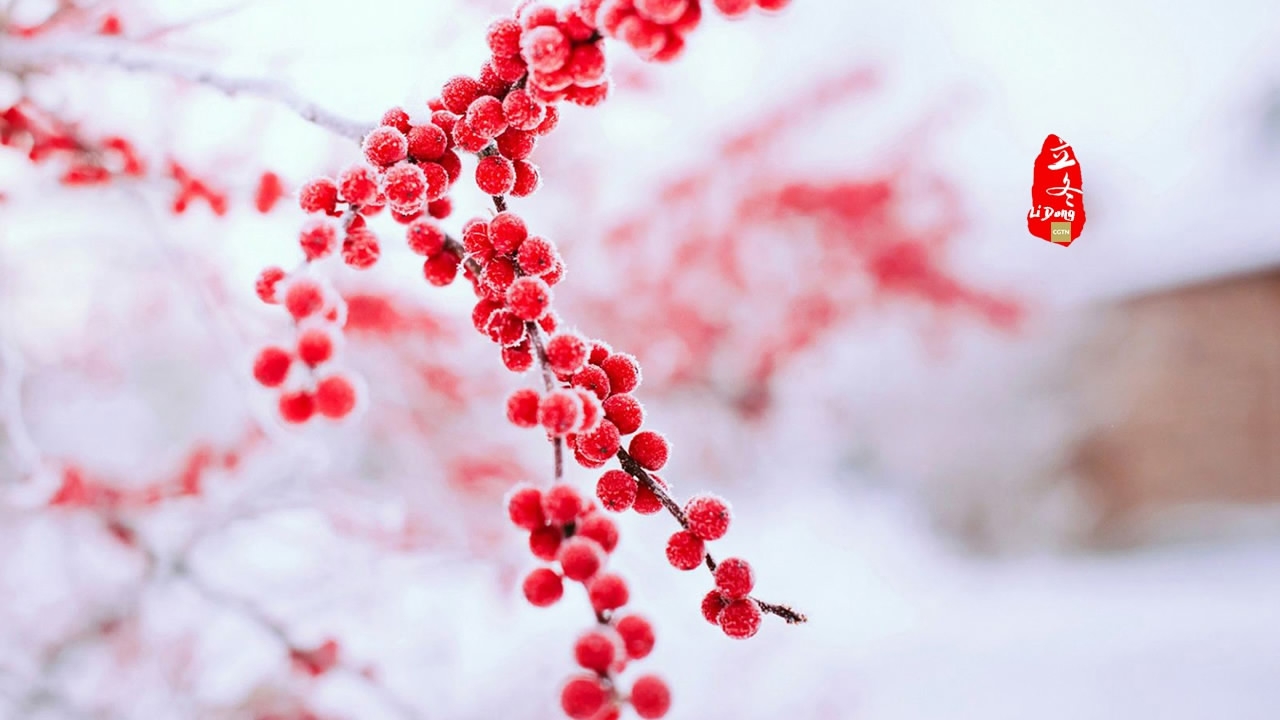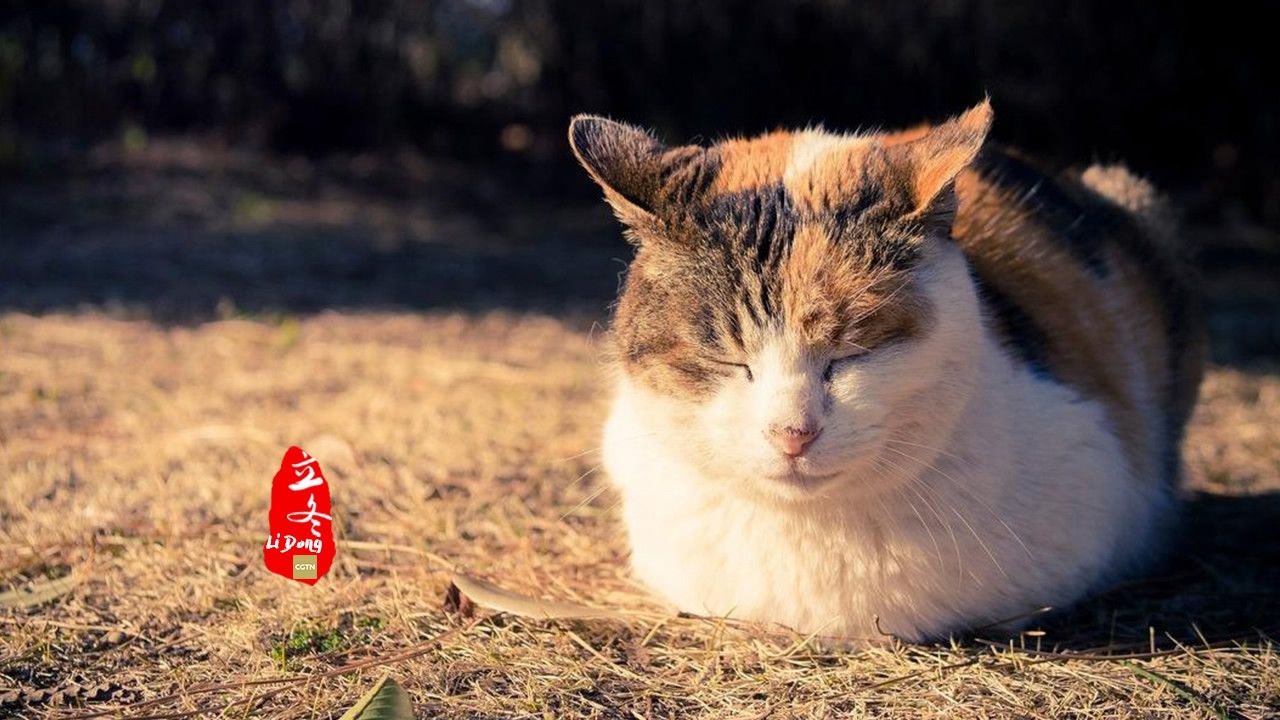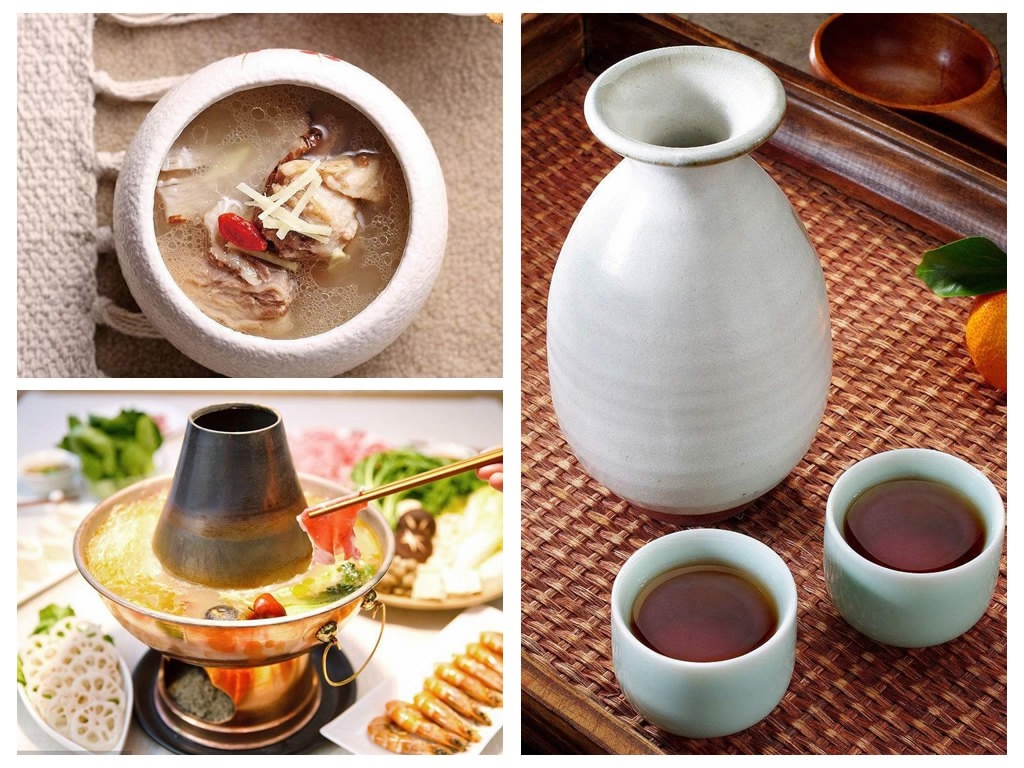
Culture
08:12, 07-Nov-2017
China’s Lidong welcomes winter with harvest rituals, warming feasts
By Ai Yan

It is not yet really cold, but winter is definitely on the horizon in China, before all autumn leaves have fallen to the ground. Tuesday marks Lidong, the 19th of the 24 solar terms, which is considered the beginning of the winter on Chinese lunar calendar.
Lidong usually covers the period from November 7 to 22, when water starts to bite and the earth begins to harden. It is the season for every living creature to get ready for the big chill.
A time of storing and hiding

CGTN Photo
CGTN Photo
If “harvest” is the keyword for autumn, “storing” should be the word for winter.
In the north, most of the crops have already been harvested, dried and put into storage, while the winter wheat has been readied for the coming winter. Farmers can finally lay down their tools and take a break.
But the forest guards in the mountainous areas must put fire prevention on top of the agenda and take extra care due to the dry weather. It is not difficult at all for the seasonal drought and gales to turn a spark into disastrous wildfires.

CGTN Photo
CGTN Photo
In the south, farmers still have to plant the winter wheat and prevent the crops and vegetables from freezing.
However, the weather there is still quite agreeable. During sunny days, it sometimes feels like spring. Locals are still happy to get out and about.
Traditions begin with worship

CGTN Photo
CGTN Photo
In ancient China, a society of agriculture, the day of Lidong is celebrated with worship. People would present offerings to express gratitude for a harvest year, and to pay tribute to the deceased with the food in storage.
It was also a time to reward the whole family for a year’s hard work. In rural areas, people usually prepare a big dinner with produce from their own fields to celebrate the harvest.

CGTN Photo
CGTN Photo
But things have changed a lot nowadays. Instead of chowing down, many people prefer to do sports to keep healthy. In many cities, outdoor swimming competitions are popular.
Most of the participants are local amateurs. Though it takes great courage to jump into the cold water, swimming in winter is thought to be beneficial for one’s health.
Hibernation – for animals and for humans
Many animals have the habit of hibernating during winter. Even though human beings do not need to hibernate, it is also in their instinct to find a warm shelter to huddle up in.

VCG Photo
VCG Photo
The ancient Chinese believed that the better way to live a nourishing and healthy life is “to hide from the coldness and preserve the warmness”. Going to bed early and getting up late is preferable, even though it is hard to realize in modern society.
Fortunately, there are still delicious dishes to compensate. The traditional menu for Lidong is mouthwatering.
The most popular dish is dumplings, especially in the north. In Chinese, the word for dumplings is a homophone of the “meeting” of two seasons, and thus comes the tradition of eating dumplings on the day. A plate of hot dumplings with vinegar and garlic is irresistible.
Hotpot of mutton is also a widely-loved dish. Eating it at the start of winter is a tradition spread from the Qing Dynasty (1644-1911). Traditional Chinese medicine holds that mutton’s nature is warm, which makes it a perfect food for the winter.

CGTN Photo
CGTN Photo
The bronze hotpot, a favorite dish of the royals in the Forbidden City some hundred years ago, remains popular among the public in today’s Beijing. It is not difficult to find a restaurant specializing in hotpot and have a big dinner with some friends.
In the south, tradition dictates that people also enjoy a bottle of yellow rice wine. After being warmed up in hot water, it can also help to keep warm.
If time permits, it is not a bad idea to admire the remaining chrysanthemum, which is dubbed the most cold-resistant flower and often used to represent people’s reluctance for autumn to end. But before long, it will have to give way to the plum blossom.
Head image by CGTN's designer Ma Xiaonan; illustration by designer Zhang Xuecheng.
5km

SITEMAP
Copyright © 2018 CGTN. Beijing ICP prepared NO.16065310-3
Copyright © 2018 CGTN. Beijing ICP prepared NO.16065310-3